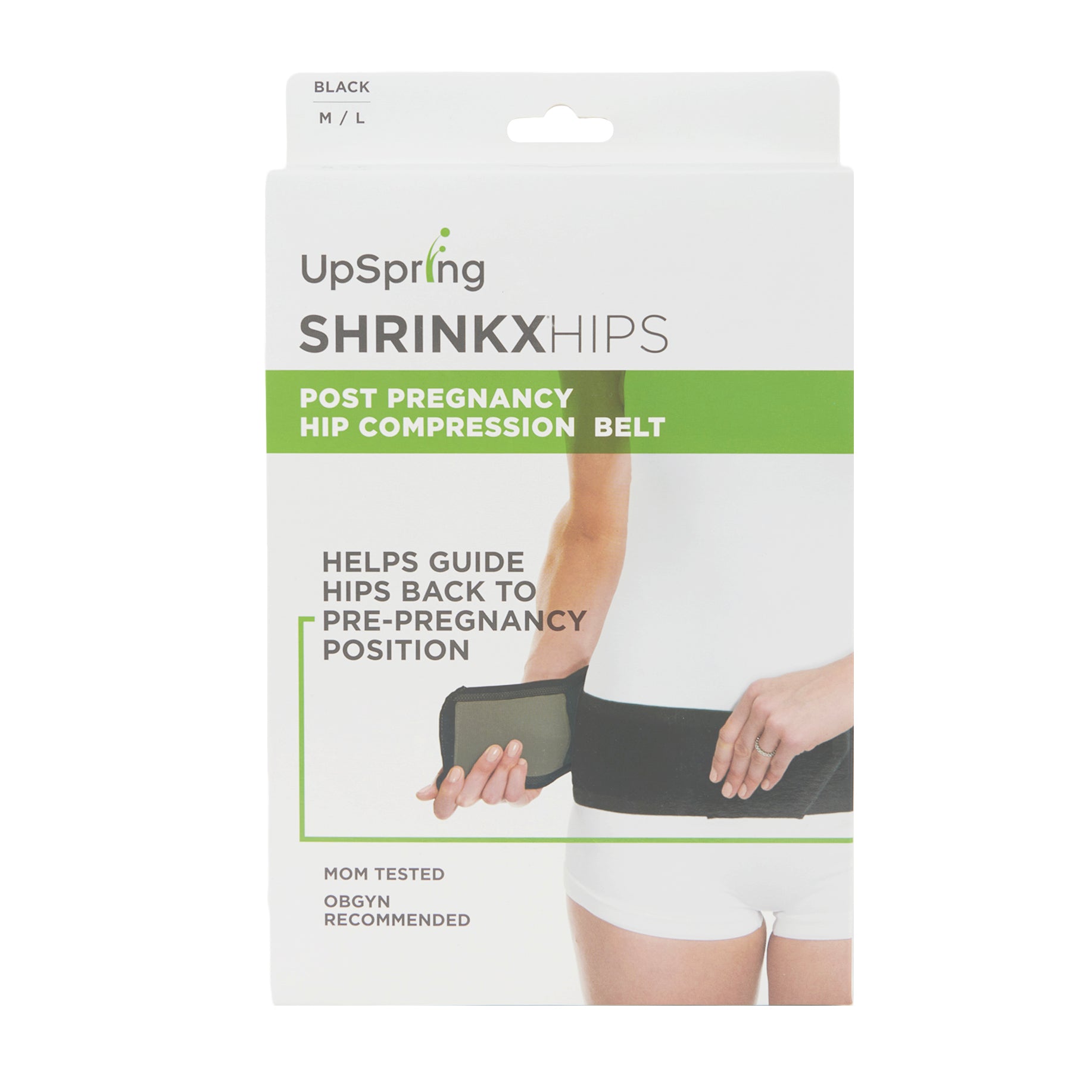
At Upspring we know breast is best so we want to provide you with the knowledge and tools you will need to successfully breastfeed.
Below is a summary of what you can expect to see and experience in those first few hours and days after baby is born from our certified lactation consultant Linda Hill, IBCLC.
Breastmilk Supply
First 8-24 hours after birth: You may be able to express a few drops of breastmilk. 1 teaspoon of colostrum (total from both breasts) per feeding is a normal amount.
Days 2-3: Breasts are still soft. Colostrum increases to 2-3 teaspoons per feeding.
Day 3-5: Breastmilk comes in. Breasts will feel fuller and may become engorged. Mature milk will still have colostrum in it for 2 weeks, so normal for it to have a yellowish tint. 45 – 75 mils is a normal amount per feeding.
Days on: Breasts should feel softer after nursing. It’s normal for mums to worry about their breastmilk supply after the engorgement has subsided. If your baby is content after feedings and having the correct number of wet/soiled nappies then rest assured that all is well.
Baby’s Activity
First 8 hours after birth: Baby is usually wide awake in the first hour of life. Putting the baby skin to skin on your chest and allowing baby to smell you, absorb your warmth, and naturally make his or her way to your breast is highly recommended. Baby should nurse within an hour after birth.
8-24 hours after birth: Your baby may be very sleepy from the birth process. Allowing the baby to recover on your chest, skin to skin is ideal. The goal for the first day is at least 6 feedings.
Day 2: Baby may be a little more alert today. Goal is 8-10 feedings.
Days 3-5: Look for early feeding cues: rooting, lip smacking, hands to face. Note that baby swallows regularly while nursing. Baby may want to be at the breast non-stop until the milk comes in.
Days on: Baby should appear satisfied after feeding. Baby may cluster feed around 10 days, 3 weeks, 3 months, 6 weeks and 6 months - to increase supply, as these are the normal growth spurt times.
Feeding Routine
First 8 hours after birth: You may only get a couple of feedings in as baby may go into a deep sleep to recover from the birthing process.
Hours 8-24: Watch for the feeding cues and put baby to breast whenever these cues are observed.
Days 2-4: Feedings often take 40+ minutes. Offer baby both breasts at every feeding. If baby is very sleepy, switch back and forth between breasts to help arouse and keep baby interested. 10-15 minutes per side is considered a good feeding.
Days on: It is important for the first 2 weeks that baby is awakened for feedings. No longer than a 3-hour stretch during the day and no longer than a 4-hour stretch at night without feeding. When baby has regained birthweight, it is ok to allow for a longer 5-6-hour stretch of sleep at night. As the baby gets older, they become more efficient at removing the milk so feedings may not take as long. They have no need for water or solids until 6 months of age (unless otherwise instructed by your doctor).
Every baby and every mum’s milk storage capacity differs, so your feeding “routine” may differ greatly from those of your friends. Some babies take their time, others get down to business. Some mums produce more and their child only needs one breast, others require both breasts per feeding.
Breastfeeding
First 8 hours after birth: Baby is alert for the first 1-3 hours and then often goes into a deep 4-5 hour sleep.
8-24 hours after birth: Nurse at both breasts as long as baby is actively sucking and mother is comfortable.
Days 2–3: Try to nurse on both sides at each feeding aiming for 10-15 minutes on each side. Expect some nipple tenderness, however, if you see any cracks, blisters, or bruised lines consult a lactation consultant, as these indicate a problem. Apply your colostrum to your nipple after all feedings and a nipple balm (if desired) over that. A warm compress to the nipple just before latching is soothing.
Days 4-5: Consider hand expressing or pumping off a little before feeding if the baby is having difficulty latching on due to the fullness of the breast. Have the baby stay on the first breast for about 20 minutes, or until softened and baby pops off or stops swallowing. Burp, then offer the second breast (dessert) for as long as baby wants. Alternate which breast you start with at each feeding.
Days on: The engorgement should only last a couple of days. Treat with ice after feedings. It is okay to pump or hand express to help soften breasts as needed until nipple tenderness is improved or gone.
Baby’s Urine Output
8-24 hours after birth: Baby must have at least 1 wet diaper in the first 24 hours.
Day 2: Baby should have 2 wet nappies.
Day 3: Three wet nappies today. It is normal to see a ‘red brick dust’ colour in urine for the first 3 days.
Day 4: Four wet nappies today. When milk comes in they will increase in number and the nappies will be heavier.
Days on: Baby should have 6 – 8 wet nappies per day of colourless or light yellow urine.
Baby’s Stool
8-24 hours after birth: Baby should have a black (meconium) stool.
Day 2: Baby may have a second very dark (meconium) stool.
Days 3-4: Baby’s stools will change from black to green as breastmilk starts coming in.
Day 5: Breastmilk is easily digested, so baby could have anywhere from 4-8 yellow, seedy, watery stools each day.
Days on: The number of stools may slowly decrease after 4-5 weeks and the consistency may become less watery.






